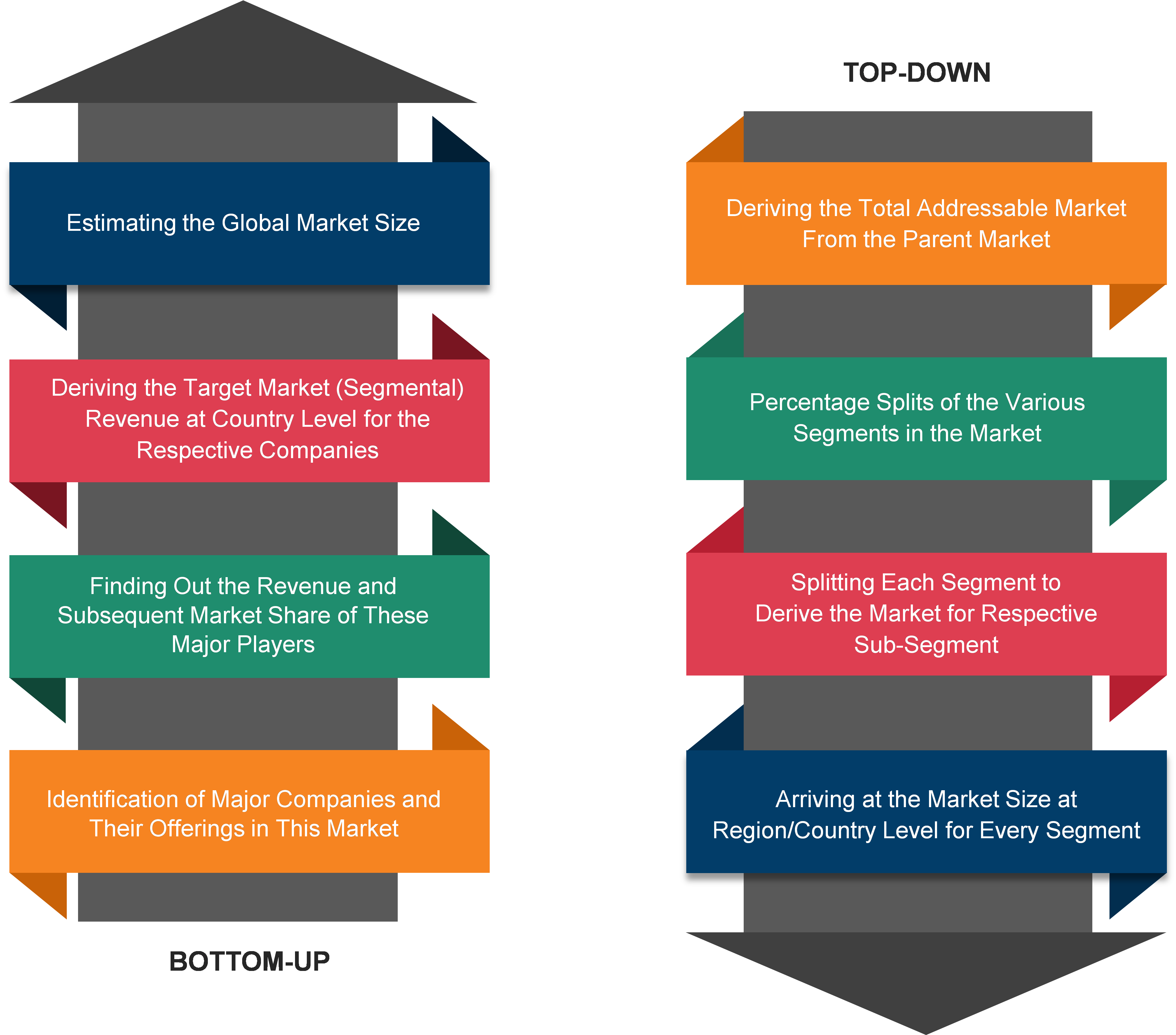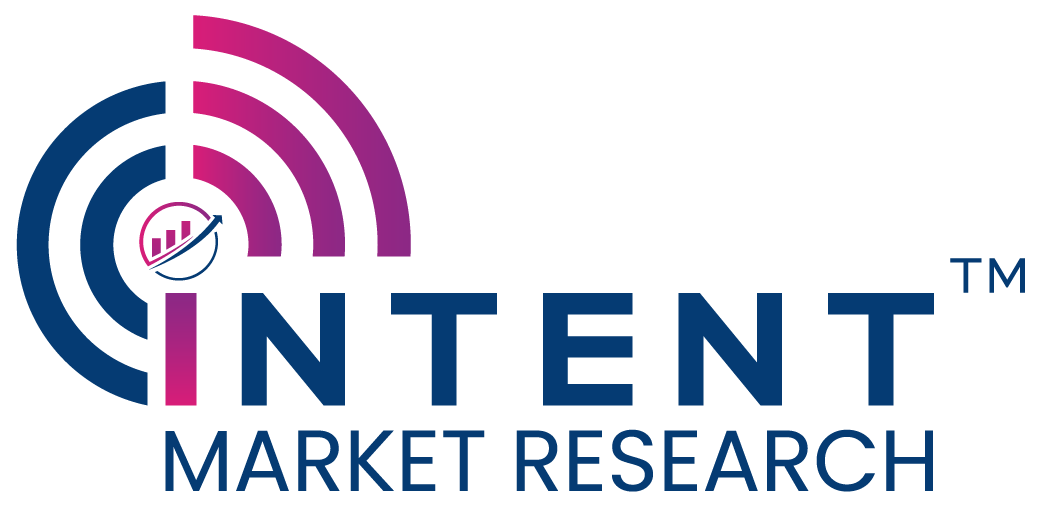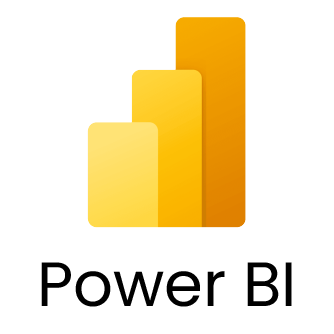Horticulture Lighting Market
- December, 2023
- Semiconductor & Electronics
Horticulture Lighting Market By Installation type (New Installations, Retrofit Installations), By Lighting Type (Toplighting, Interlighting), Offering (Hardware, Software & Service), By Application (Fruits and vegetables, Flowers and ornaments, and Special crops), and by Region; Growth Trends & Forecasts (2024 - 2030)
As per Intent Market Research, the horticulture lighting market is projected to grow from USD 3.6 billion in 2023-e to USD 14.3 billion by 2030, registering a CAGR of 21.8% during the forecast period (2024-2030).
The report focuses on estimating the current market potential in terms of the total addressable market for all the segments, sub-segments, and regions. In the process, all the high-growth and upcoming technologies were identified and analyzed to measure their impact on the current and future market. The report also identifies the key stakeholders, their business gaps, and their purchasing behavior. This information is essential for developing effective marketing strategies and creating products or services that meet the needs of the target market. The report also covers a detailed analysis of the competitive landscape which includes major players, their recent developments, growth strategies, product benchmarking, and manufacturing operations among others. Also, brief insights on start-up ecosystem and emerging companies is also included as part of this report.
Report Objectives:
The report will help you answer some of the most critical questions in the horticulture lighting market. A few of them are as follows:
- What are the key drivers, restraints, opportunities, and challenges influencing the market growth?
- What are the prevailing technology trends in the horticulture lighting market?
- What is the size of the horticulture lighting market based on segments, sub-segments, and regions?
- What is the size of different market segments across key regions: North America, Europe, Asia Pacific, Middle East, and Rest of the World?
- What are the market opportunities for stakeholders after analyzing key market trends?
- Who are the leading market players and what are their market share and core competencies?
- What is the degree of competition in the market and what are the key growth strategies adopted by leading players?
- What is the competitive landscape of the market, including market share analysis, revenue analysis, and a ranking of key players?
Report Scope:
Report Features | Description |
Market Size (2023-e) | USD 3.6 billion |
Forecasted Value (2030) | USD 14.3 billion |
CAGR (2024-2030) | 21.8% |
Base Year for Estimation | 2023-e |
Historic Year | 2022 |
Forecast Period | 2024-2030 |
Report Coverage | Market Forecast, Market Dynamics, Competitive Landscape, Recent Developments |
Segments Covered | Horticulture Lighting Market By Installation type (New Installations, Retrofit Installations), By Lighting Type (Toplighting, Interlighting), Offering (Hardware, Software & Service), By Application (Fruits and vegetables, Flowers and ornaments, and Special crops) |
Regional Analysis | North America (US, Canada), Europe (Germany, France, UK, Spain, Italy & Rest of Europe), Asia Pacific (China, Japan, South Korea, India, and rest of Asia Pacific), Latin America (Brazil, Mexico, Argentina, & Rest of Latin America), Middle East & Africa (Saudi Arabia, South Africa, Turkey, United Arab Emirates, & Rest of MEA) |
Customization Scope | Customization for segments, region/country-level will be provided. Moreover, additional customization can be done based on the requirements |
Research Methodology
A comprehensive market research approach was employed to gather and analyze data on the horticulture lighting market. In the process, the analysis was also done to estimate the parent market and relevant adjacencies to major the impact of them on the horticulture lighting Market. The research methodology encompassed both secondary and primary research techniques, ensuring the accuracy and credibility of the findings.
Secondary Research
Secondary research involved a thorough review of pertinent industry reports, journals, articles, and publications. Additionally, annual reports, press releases, and investor presentations of industry players were scrutinized to gain insights into their market positioning and strategies.
Primary Research
Primary research involved conducting in-depth interviews with industry experts, stakeholders, and market participants across the horticulture lighting ecosystem. The primary research objectives included:
- Validating findings and assumptions derived from secondary research
- Gathering qualitative and quantitative data on market trends, drivers, and challenges
- Understanding the demand-side dynamics, encompassing end-users, component manufacturers, facility providers, and service providers
- Assessing the supply-side landscape, including technological advancements and recent developments
Market Size Estimation
A combination of top-down and bottom-up approaches was utilized to estimate the overall size of the horticulture lighting market. These methods were also employed to estimate the size of various subsegments within the market. The market size estimation methodology encompassed the following steps:
- Identification of key industry players and relevant revenues through extensive secondary research
- Determination of the industry’s supply chain and market size, in terms of value, through primary and secondary research processes
- Calculation of percentage shares, splits, and breakdowns using secondary sources and verification through primary sources
Data Triangulation
To ensure the accuracy and reliability of the market size estimates, data triangulation was implemented. This involved cross-referencing data from various sources, including demand and supply side factors, market trends, and expert opinions. Additionally, top-down and bottom-up approaches were employed to validate the market size estimates.
- Introduction
- Market Definition
- Scope of the Study
- Research Assumptions
- Study Limitations
- Research Methodology
- Research Approach
- Top-Down Method
- Bottom-Up Method
- Factor Impact Analysis
- Insights & Data Collection Process
- Secondary Research
- Primary Research
- Data Mining Process
- Data Analysis
- Data Validation and Revalidation
- Data Triangulation
- Research Approach
- Executive Summary
- Major Markets & Segments
- Highest Growing Regions and Respective Countries
- Impact of Growth Drivers & Inhibitors
- Regulatory Overview by Country
- Horticulture Lighting Market, by Offering (Market Size in USD Million)
- Hardware
- Software & Services
- Horticulture Lighting Market, by Cultivation Type (Market Size in USD Million)
- Fruits & Vegetables
- Floriculture
- Cannabis
- Horticulture Lighting Market, by Technology (Market Size in USD Million)
- Fluorescent
- High-intensity Discharge (HID)
- Light-emitting Diode (LED)
- Others
- Horticulture Lighting Market, by Application (Market Size in USD Million)
- Greenhouses
- Vertical Farms
- Indoor Farms
- Others
- Regional Analysis
- Regional Overview
- North America
- Regional Trends & Growth Drivers
- Growing Adoption of Sustainable Year-Round Crop Production Practices
- Optimization of Plant Growth Using Customizable Light Spectra
- Rapid Technological Advancements & Increased Investments
- Barriers & Challenges
- High Installation and Setup Costs
- Navigation of Complex Light Spectrum for Crop Cultivation
- Need for Standardized Testing for Product Quality Assessment
- Opportunities
- Emerging Trend of Farm-To-Table Concept
- Expansion of Home Gardening Market
- Availability of Weather-Resilient Solutions for Crop Production
- Factor Impact Analysis
- Technology Trends
- Existing & Future Technologies Disrupting the Market
- Use Case Analysis
- Company Innovations
- Pricing Analysis
- Regulatory Landscape
- North America Horticulture Lighting Market, by Offering (Market Size in USD Million)
- North America Horticulture Lighting Market, by Cultivation Type (Market Size in USD Million)
- North America Horticulture Lighting Market, by Technology (Market Size in USD Million)
- North America Horticulture Lighting Market, by Application (Market Size in USD Million)
- Regional Trends & Growth Drivers
*Similar segmentation will be provided at each regional level
- By Country
- US
- US Horticulture Lighting Market, by Offering (Market Size in USD Million)
- US Horticulture Lighting Market, by Cultivation Type (Market Size in USD Million)
- US Horticulture Lighting Market, by Technology (Market Size in USD Million)
- US Horticulture Lighting Market, by Application (Market Size in USD Million)
- Canada
- US
*Similar segmentation will be provided at each regional and country level
- Europe
- APAC
- Middle East
- Latin America
- Africa
- Competitive Landscape
- Overview of the Key Players
- Competitive Ecosystem
- Platform Manufacturers
- Subsystem Manufacturers
- Service Providers
- Software Providers
- Company Share Analysis
- Company Benchmarking Matrix
- Strategic Overview
- Product Innovations
- Start-up Ecosystem
- Strategic Competitive Insights/ Customer Imperatives
- ESG Matrix/ Sustainability Matrix
- Manufacturing Network
- Locations
- Supply Chain and Logistics
- Product Flexibility/Customization
- Digital Transformation and Connectivity
- Environmental and Regulatory Compliance
- Technology Readiness Level Matrix
- Technology Maturity Curve
- Buying Criteria
- Company Profiles
- Signify Holding
- Company Overview
- Company Financials
- Product/Service Portfolio
- Recent Developments
- IMR Analysis
- Signify Holding
*Similar information will be provided for other companies
- Current Lighting Solutions, LLC
- Gavita International
- Valoya
- Lumileds Holding
- Appendix
Intent Market Research employs a rigorous methodology to minimize residual errors by carefully defining the scope, validating findings through primary research, and consistently updating our in-house database. This dynamic approach allows us to capture ongoing market fluctuations and adapt to evolving market uncertainties.
The research factors used in our methodology vary depending on the specific market being analyzed. To begin with, we incorporate both demand and supply side information into our model to identify and address market gaps. Additionally, we also employ approaches such as Macro-indicator Analysis, Factor Analysis, Value Chain-Based Sizing, and forecasting to further increase the accuracy of the numbers and validate the findings.
Research Approach
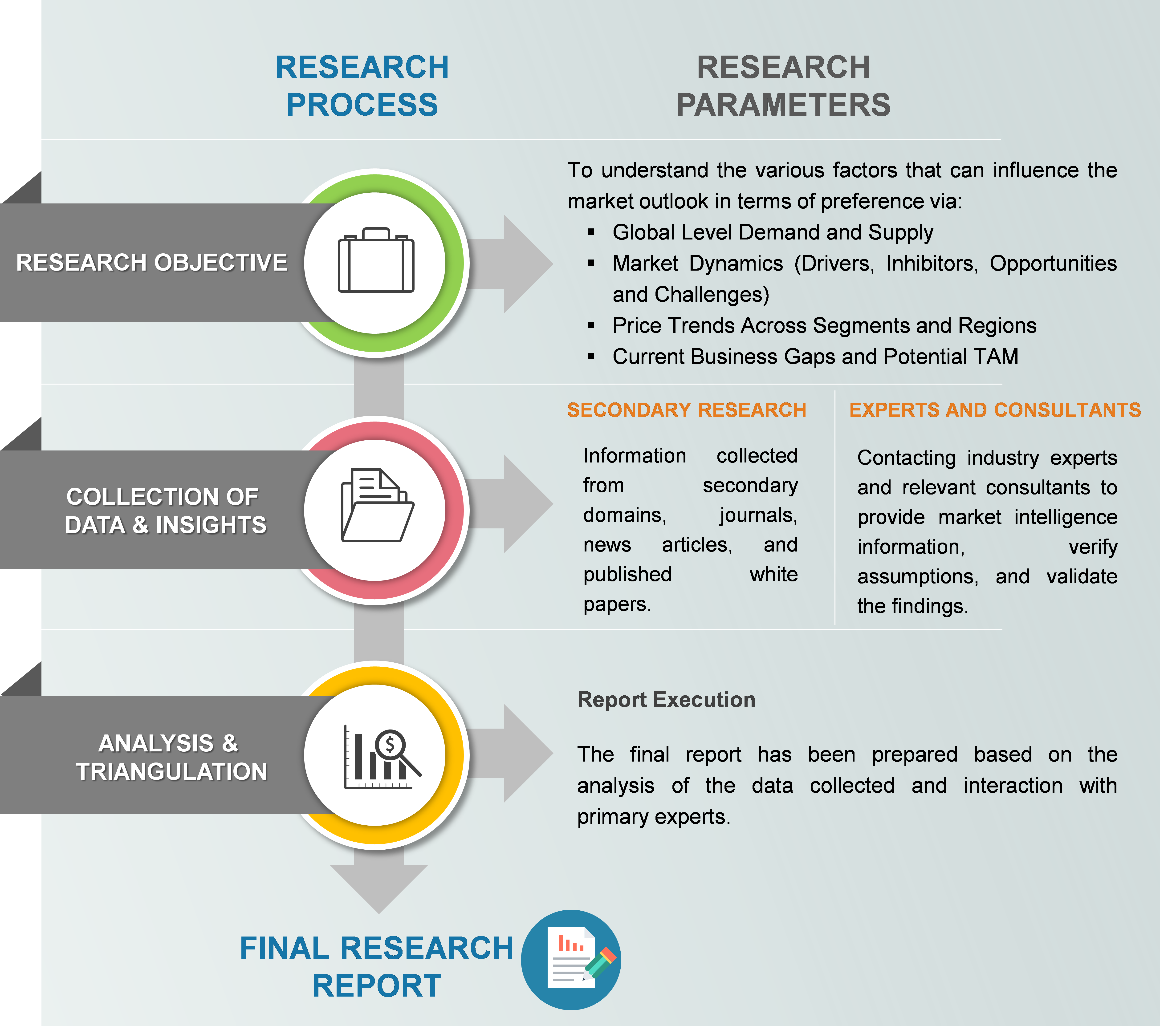
- Secondary Research Approach: During the initial phase of the research process, we acquire and accumulate extensive data continuously. This data is carefully filtered and validated through a variety of secondary sources.
- Primary Research Approach: Following the consolidation of data gathered through secondary research, we initiate a validation process to verify all the market numbers, assumptions, and findings by engaging with the subject matter experts.
Data Collection, Analysis and Interpretation:
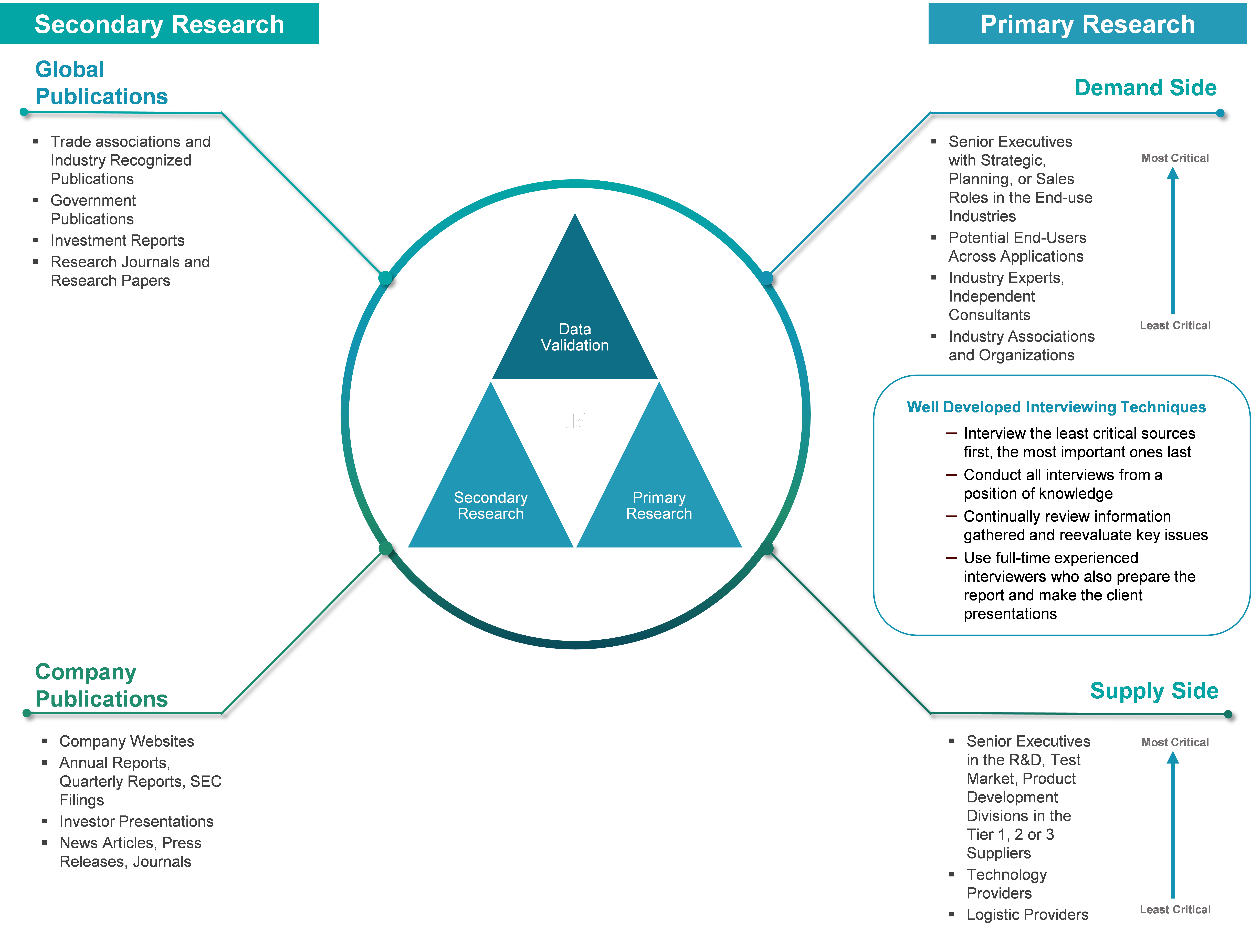
Research Methodology
Our market research methodology utilizes both top-down and bottom-up approaches to segment and estimate quantitative aspects of the market. We also employ multi-perspective analysis, examining the market from distinct viewpoints.
